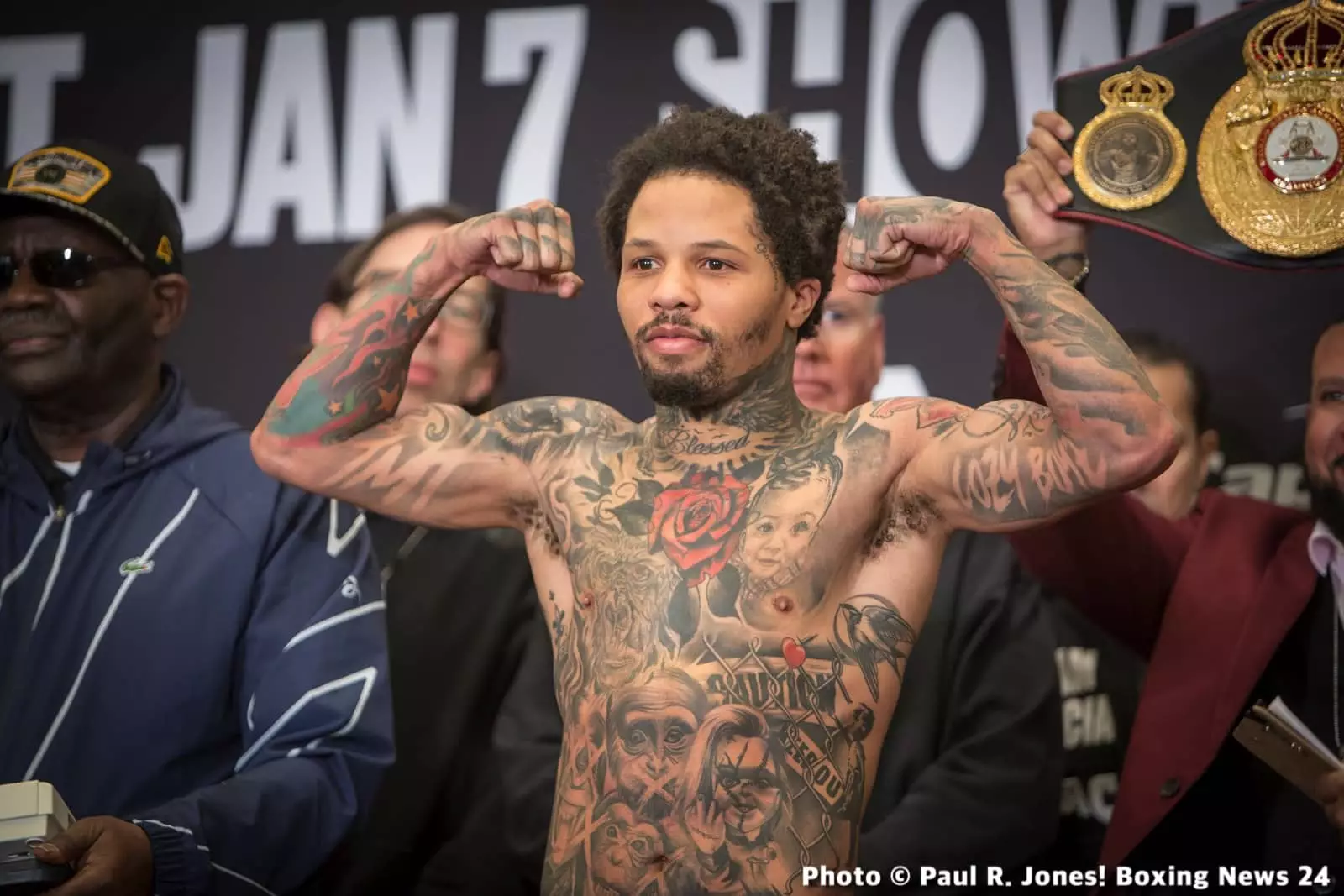The recent mysterious defacement of a tentative fight poster ignited a firestorm of speculation and skepticism across the boxing community. Officially, no formal announcement has been made, yet the leak originating from Netflix Turkey’s social media hints at a highly ambitious clash: Jake Paul, the controversial YouTube star turned boxer, versus Gervonta “Tank” Davis, one of the sport’s most electrifying champions. This incident underscores not just the significance of digital leaks but also reveals the underlying strategic maneuvers behind high-profile promotions in today’s entertainment-driven boxing scene.
While some might dismiss the event as an accidental slip, the context suggests deliberate positioning. Netflix’s history of streaming competitive bouts—highlighted by previous deals involving marquee fighters—lends credibility to the rumor. The conspicuous deletion of the post indicates a cautious approach, perhaps awaiting official confirmation or attempting to gauge public interest without revealing too much too soon. It’s a reminder that in the era of social media, promotional leaks are often part of a calculated gambit designed to stir buzz and gauge demand.
The Fight that Challenges the Very Foundations of Boxing Norms
What truly makes this potential matchup compelling isn’t just the spectacle but the stark contrast in their physical profiles and career trajectories. Gervonta Davis is an elite lightweight with a formidable reputation for power and technical skill. Meanwhile, Jake Paul’s journey in the ring has been largely about entertainment and expanding boxing’s reach into mainstream pop culture. The size disparity—Davis at 135 pounds and Paul often walking around at over 190—is a glaring obstacle, yet one that the modern sport has become increasingly willing to ignore in pursuit of commercial success.
This fight would not be rooted in competitive fairness but in spectacle, highlighting a shift in boxing from honest athletic contests to entertainment spectacles that prioritize drawing large audiences above all else. It raises the stakes for traditional boxing purists, who may see such mismatches as undermining the sport’s integrity. However, from a business perspective, the potential revenue and global exposure this fight could generate are undeniable.
The Commercial Power Play and the Genre’s Future
The push for crossover fights, where boxing intersects with streaming giants and social media influencers, reflects an evolving landscape. Davis’s recent stagnation and Paul’s rising star power create a perfect storm for a mutually beneficial bout. Even with a significant weight gap, the fight’s financial appeal outweighs conventional considerations of weight class fairness. Fight promoters are increasingly prioritizing brand expansion, viral potential, and audience engagement—elements that this matchup could deliver in abundance.
Ultimately, this isn’t merely about two fighters stepping into the ring; it’s about redefining what constitutes a “big fight” in the modern era. If confirmed, Paul versus Davis could set a precedent: boxing is no longer bound by traditional constraints but is instead a dynamic, fluid spectacle where entertainment and sport collide to create new realities. Whether this becomes a legendary bout or remains a tantalizing rumor, it undeniably signals a shift in boxing’s cultural narrative—a move towards a more polarized, commercially driven sport.


Leave a Reply